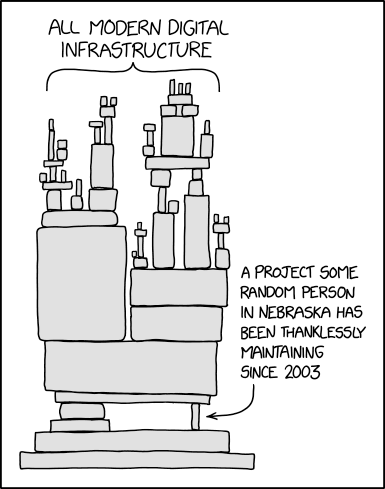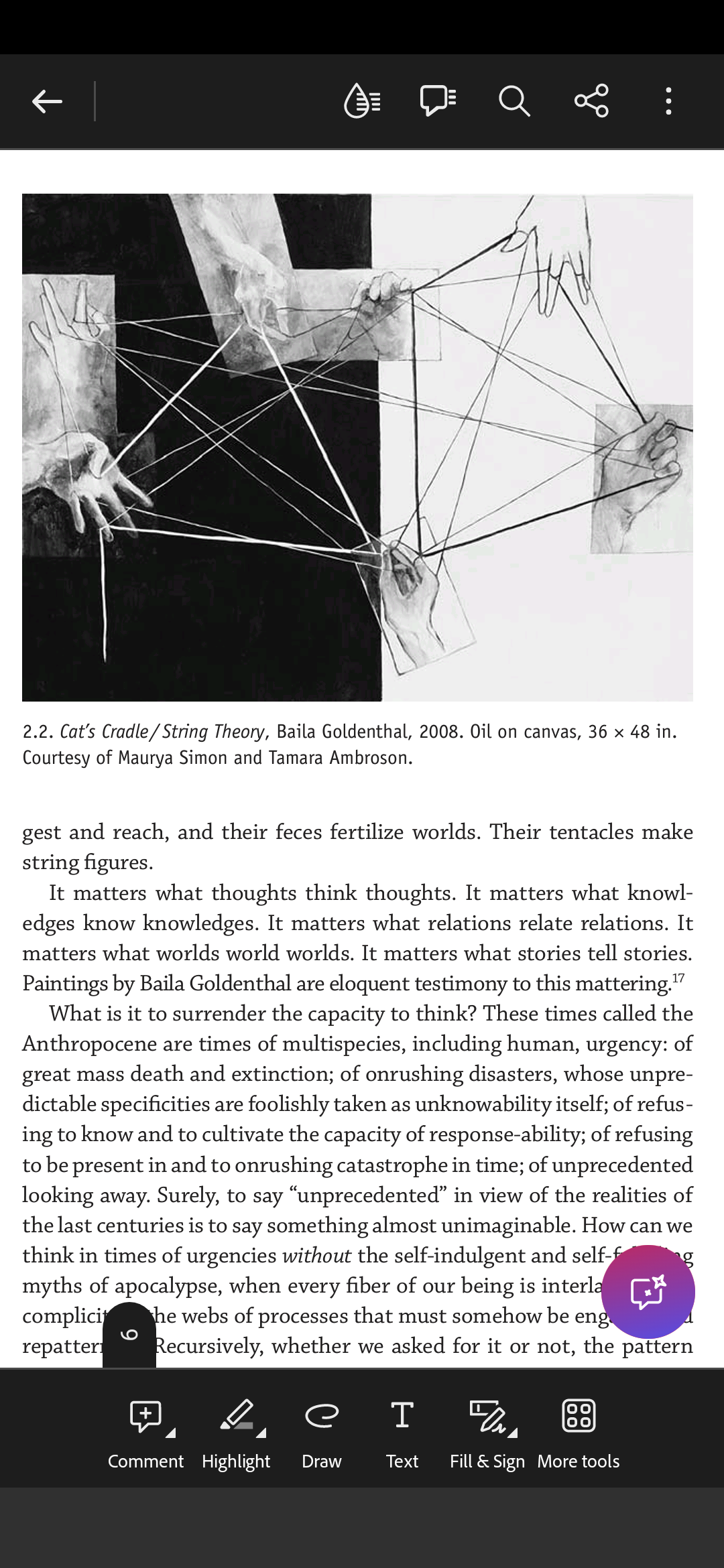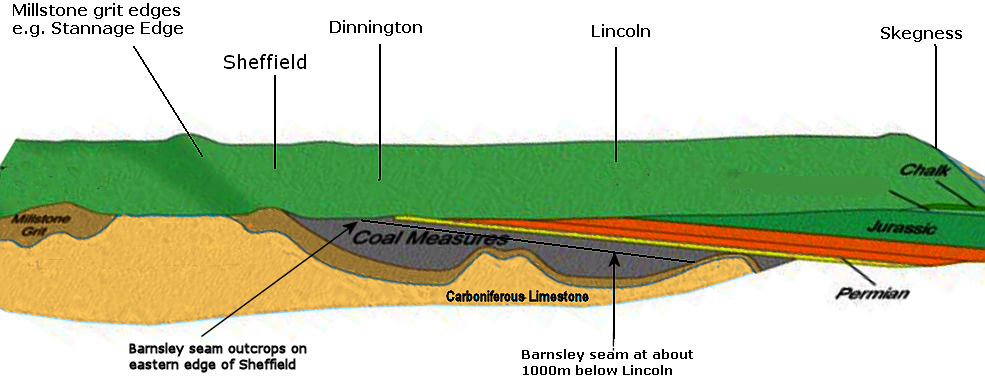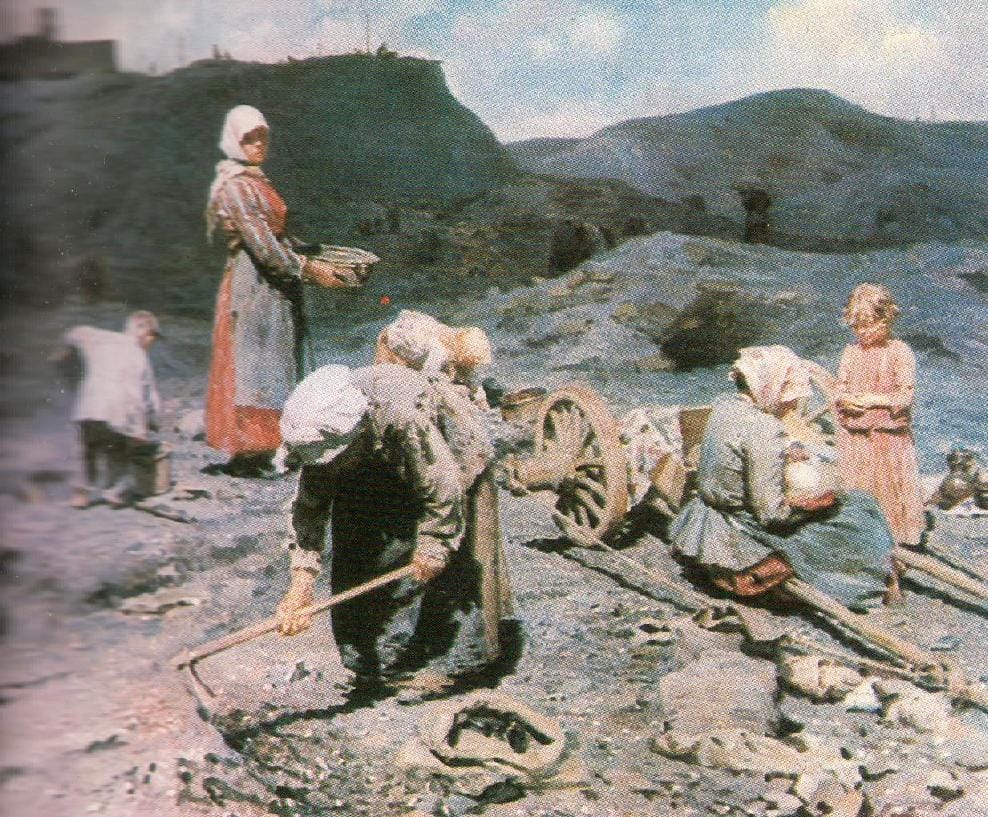Digging down
Here’s the thing you learn if you’re trying to be a good leftist: the superficial things that divide us (the superstructure) are illusions distracting us from the material circumstances that unite us (the base). We are all being oppressed by the same system of labour exploitation under capitalism.
The trouble is, recognising that we have a shared root oppression in common doesn’t actually circumvent the need to do the work at all the levels above it. You can’t build a tunnel through the bedrock and then come out at the other side in the other world. You have to address the different material challenges that different groups face by forming mutual aid networks, find ways to collectively own the means of production, heal the emotional wounds sustained while growing up in capitalism, and also heal the emotional wounds left by the grifters who sold you shitty solutions to those emotional wounds, and create revolutionary new cultural structures such as alternative forms of kinship and a creative commons, and also do that work on the surface that changes the language we use and establishes multilateral communication networks.
The stack

The chthulhucene



Mining
In South Yorkshire, the material base of industrialisation also happens to be literally underground

Serfdom
In feudalism, the peasant class worked the soil, while the landlords owned the ground itself.

Vectorialists
According to MacKenzie Wark, the 21st century has brought about a mode of production in which the ruling classes don’t even own the means of production anymore - they own the vectors across which flow materials, information, and attention.

Marxism
Base and superstructure model - idealists see the world as driven by ideas, materialists see it as driven by the physical conditions of the mode of production. However, Marx’s materialism didn’t exclude the power of culture/social constructs to reshape physical conditions (indeed, this is what money does). Nevertheless, power is about control of the means of production - it is visible in the superstructure and shapes it, but the real stakes are about the stuff further down towards the base.
McKenzie Wark argues that capitalism has been replaced by vectorialism - so this vertical model, where what’s really at stake is the economic base is supplanted by a model that’s about flows of information. You no longer have to own the means of production in order to be a ruling class.
Computers
In a computer architecture, a computer system is usually represented as consisting of several abstraction levels such as:
- software
- programmable logic
- hardware
Gender - Bettcher ‘Trapped in the wrong theory’
Behind the gender presentation is a sexed body.
reality enforcement says “that’s really a woman, merely dressed as a man,”
But behind the sexed body is a gender identity.
the wrong-body narrative says “that’s really a man, disguised by a misleading body.”
But behind the gender identity there is a sexed neurology.
a neurological hypothesis says “something real in the brain predisposes us to a social identity”
But the sexed neurology develops in a gendered social environment.
the brain develops through synaptic pruning in a specific context, shaping our neural networks
But behind the gendered social environment there is a sexed natural environment.
the social existence of gender reflects humanity understanding sexual reproduction in other species
But behind the sexed natural environment there is a gendered practice of agriculture.
the notion of binary gender shaped what we were able to understand about other species
(A debate like this should probably be between two non-main characters, with the audience choosing what side the main character is going to take)
Blue is Bettcher’s original text, I’ve extended it in white
Insight Inquiry / Esoterica
What is beneath thought? Is there a self underlying conscious awareness that produces thought? Or does thought simply arise?
What is beneath your experience of material reality? Is there an intrinsic thinginess to the things you encounter? Do you find anything other than thought there?
Buddhist teaching identifies states of increasing clarity and depth in meditation - and conversely, the heaping up of conscious experience that produce the illusion of a self.

